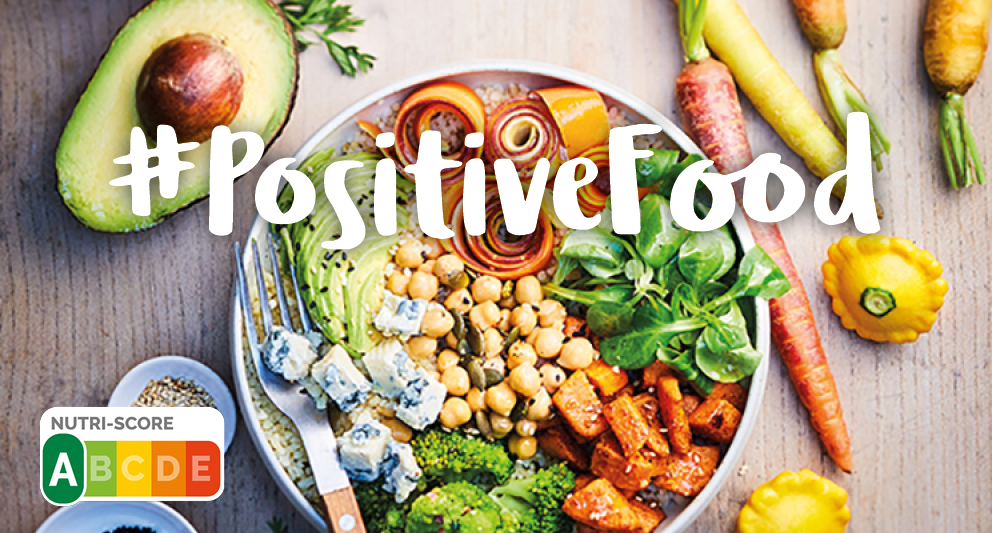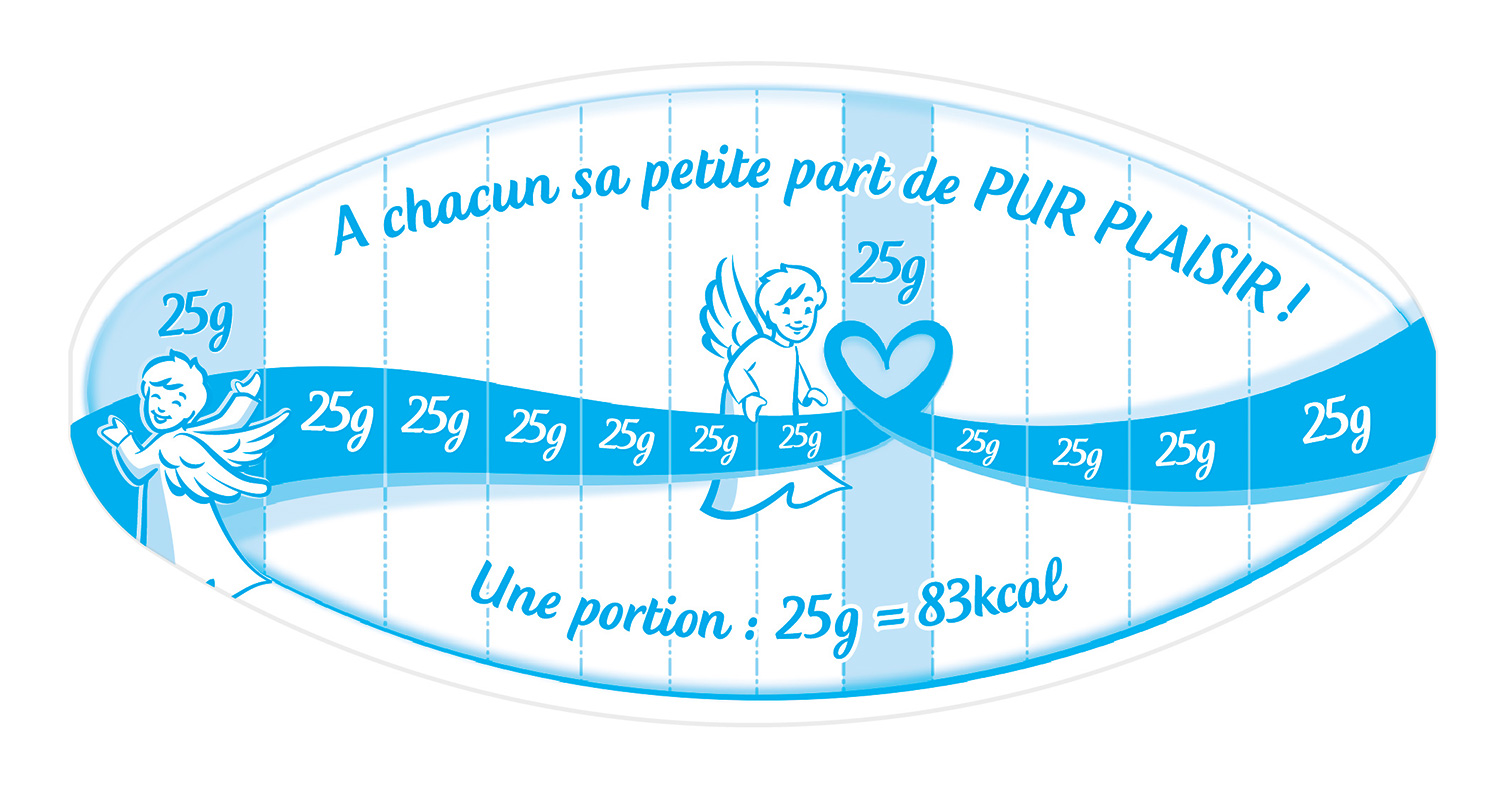By Jean-Paul TORRIS, Savencia Fromage & Dairy's CEO

Nutri-Score is once more a key topical issue, and some are calling for it to be made mandatory on a European scale. A large number of retailers are adopting it. However, even though it has laudable intentions, there are limitations to this nutrition labelling, already featured on the products of 200 brands in France. If it is not interpreted properly, it can lead to demonising certain high-quality, little-processed products in favour of others with fewer nutritional benefits. At Savencia, with #PositiveFood, we defend a constructive vision of what we eat. As such, we feel it is vital to shed light on this nutrition label system.

While the Nutri-Score does provide useful information, it does not reflect the portion actually consumed, only showing a base of 100 g with all products. But nobody eats 100 g of butter, cream or cheese in one go! So no comparisons are possible – for example, between a cheese where portions vary between 15 g and 25 g, and 100 g of yoghurt (which is less than the average content of a pot). The Nutri-Score can thus skew people’s perception of certain products’ nutritional value.
Another pernicious effect of this labelling is that it can encourage excessive processing and the creation of new “Nutri-score compatible” recipes to the detriment of naturalness, with certain natural ingredients being replaced with ingredients processed to obtain a higher score. So this leads to a result that actually counters the desired effect. In this respect, the Yuka approach seems the most thorough to me: it takes additives into account, and gives a bonus to organic products, even if it also has its limitations… because its calculation method is still partly based on the Nutri-Score’s.
That said, I am in no way rejecting the Nutri-Score. What we propose instead, at Savencia, is teaching consumers to understand it better and use it wisely, through balanced menus mostly made up of natural products or ones that have been as little processed as possible. In the same way as other foods, cheese, for instance, has an important part to play in the nutritional equation, provided it is consumed appropriately! In 2016, we thus decided to use the “Nudge”: a methodology based on behavioural sciences, which encourages consumers to foster certain nutritional choices without this entailing constraints or penalties.
The Nudge is totally in sync with our #PositiveFood philosophy. By giving it shape in practical actions, we aim to foster responsible, mindful consumption.

For example, Caprice des Dieux takes the form of 25 g portions in its containers, i.e. the maximum recommended quantity. We also offer it in 15 g portions as a “Caprice snack option”, where each portion corresponds to the quantity of fat contained in a whole milk yoghurt. We always prefer education to diktats and prohibitions, where food is concerned! To go further still in the “Nudge” approach and raise awareness in consumers on the benefits of flexitarianism for our health, we offer a range of recipes on the quiveutdufromage.com site where cheese advantageously replaces meat.
Fortunately, we are not alone in campaigning for #PositiveFood. Our customers and partners are also working with us to promote a natural, healthy, balanced diet. And these are not just words: for example, an operation called “Mes petits plats fromages et légumes” (“My little cheese and vegetable dishes”) is now under way in stores, helping to encourage new flexitarian habits in consumers.
Because that is another aspect of #PositiveFood: rediscovering simple, natural solutions, and above all turning the spotlight back on the joy of eating.
#PositiveFood #AlimentationPositive #Savencia #Nutriscore